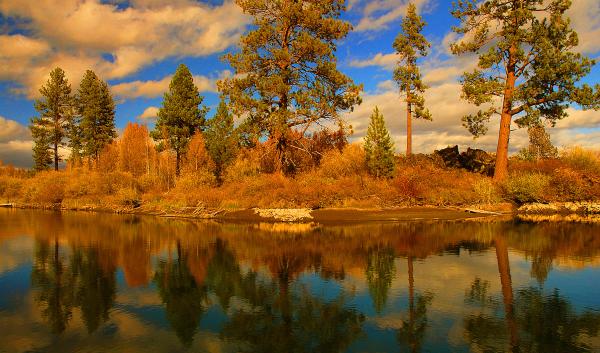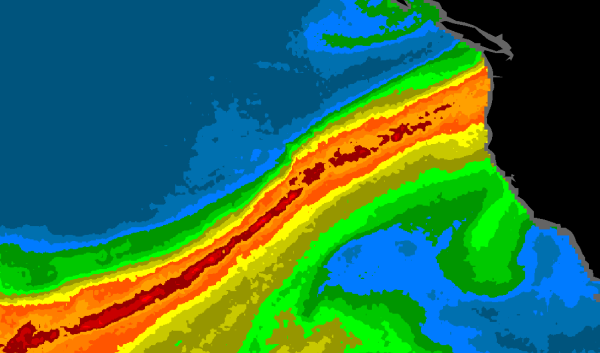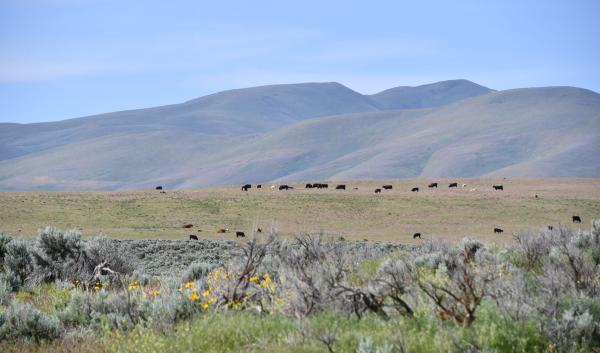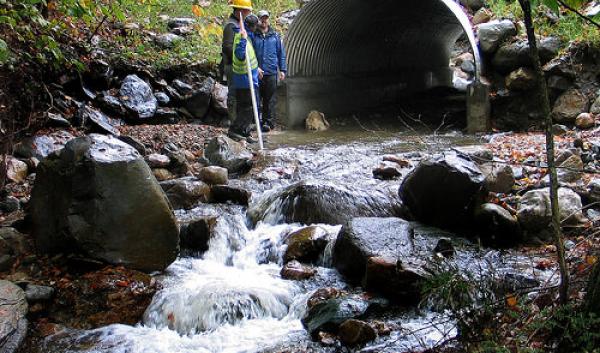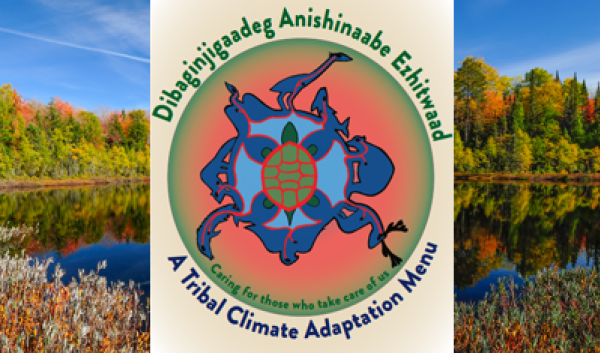Riparian
Riparian areas are zones of vegetation adjacent to water, such as on floodplains and streambanks. Riparian areas exist across a range of climatic environments and support various communities of vegetation from native plants, grasses, shrubs to trees. Riparian areas are critical water storage areas that enhance local water supply through the infiltration and storage of water. Riparian areas also influence local water quality acting as filters of nutrients, pollutants, and sediments. Riparian vegetation physically protects landscapes by stabilizing streambanks, reducing erosion and storm runoff. As the climate changes, the benefits of riparian vegetation may become increasingly important for species reliant on clean, cold water and shade. Riparian areas are vulnerable to change due to land-use conversion and a warming climate that changes the habitat and distribution of riparian area species, and intensifies stressors such as fire, pests or pathogens.


